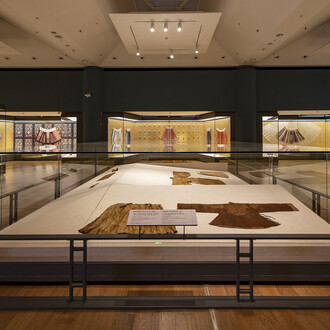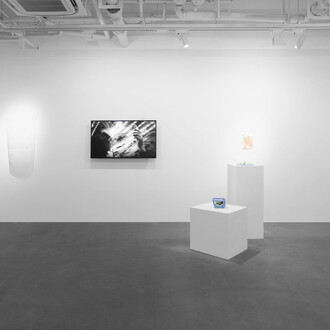Ancient Chinese furniture evolved from low-standing pieces. Following a floor-sitting tradition, early home furniture largely consisted of floor sitting mats, low tables (an), beds (chuang) and couches (ta). The third to sixth centuries saw the appearance of raised articles like chairs and stools.
Since the Tang and Song dynasties (618–1279), high furniture has become the prevalent style. By the mid Ming dynasty (16th century), maturity in the furniture industry coincided with advancements in lacquering and, more importantly, in working with hardwood. The unadorned huanghuali wood furniture is imbued with a natural elegance, demonstrating the “unspoken beauty of wood” – as I understand. In comparison, the Qing style excels at elaborate ornamentation and sophisticated techniques; red sandalwood and mahogany were more common. As a whole, Ming and Qing furniture marks the highest achievements in ancient Chinese furniture.
On display in this exhibition are more than one hundred masterpieces of furniture made of lacquered wood or hardwood. While most exhibits are selected from the National Museum of China collection, some are loaned from the Prince Kung’s Mansion, Wuwei Museum in Gansu province, Andy Hei Ltd. and Grace Wu Bruce. This exhibition enables the audience to have an intimate knowledge of the distinct styles of Ming and Qing furniture. Eventually, you will be surprised at discovering the classical beauty of ancient Chinese furniture.
















